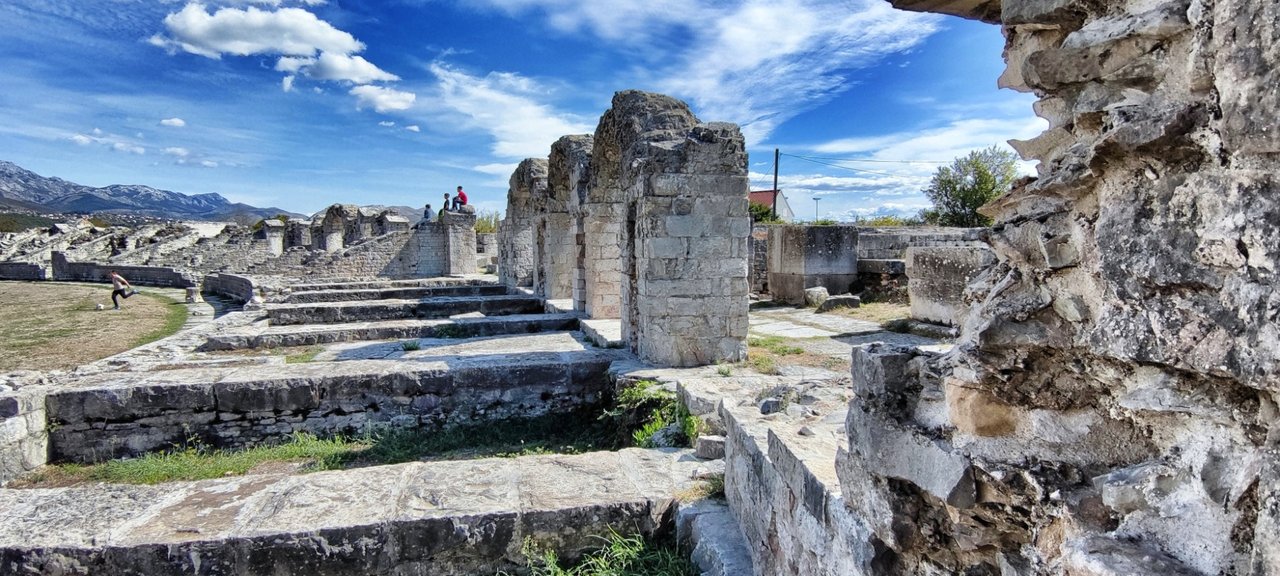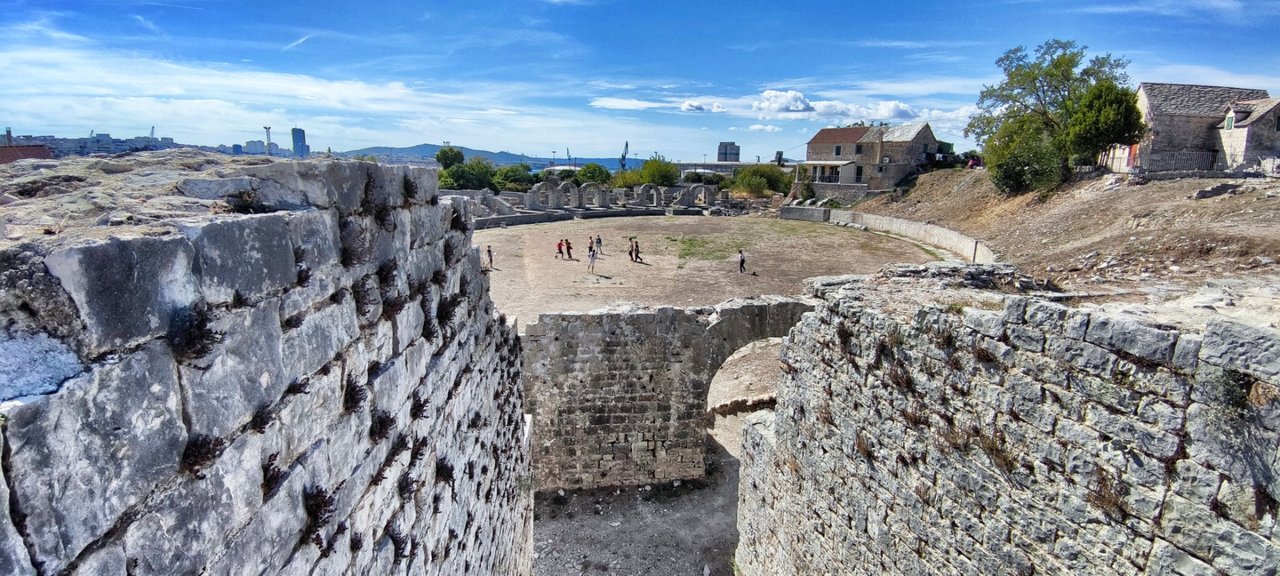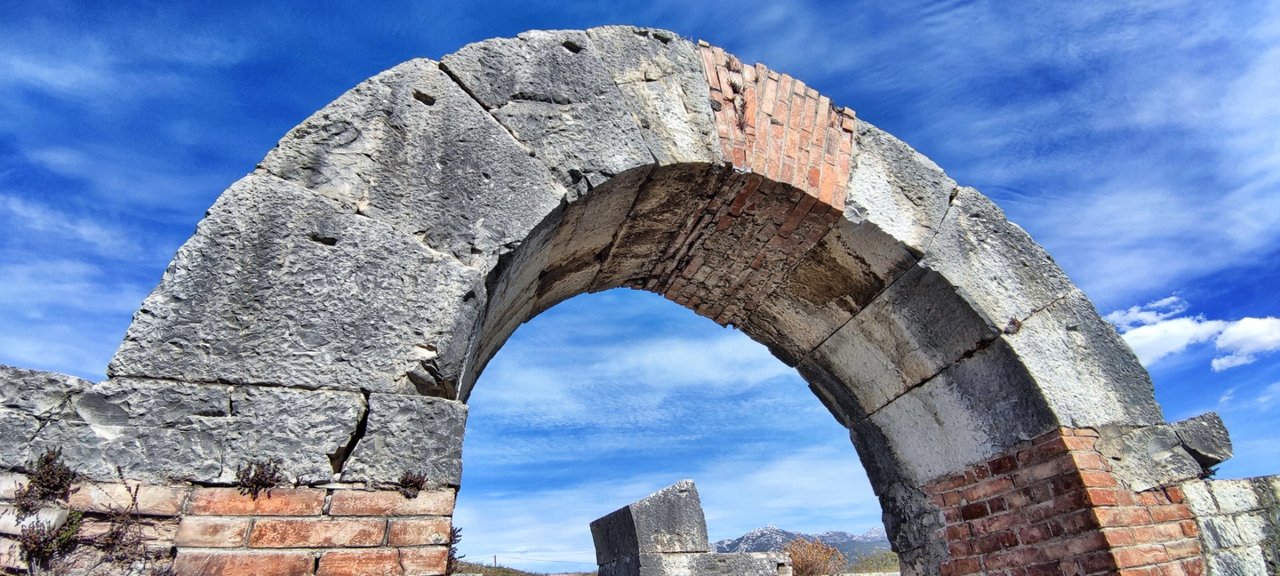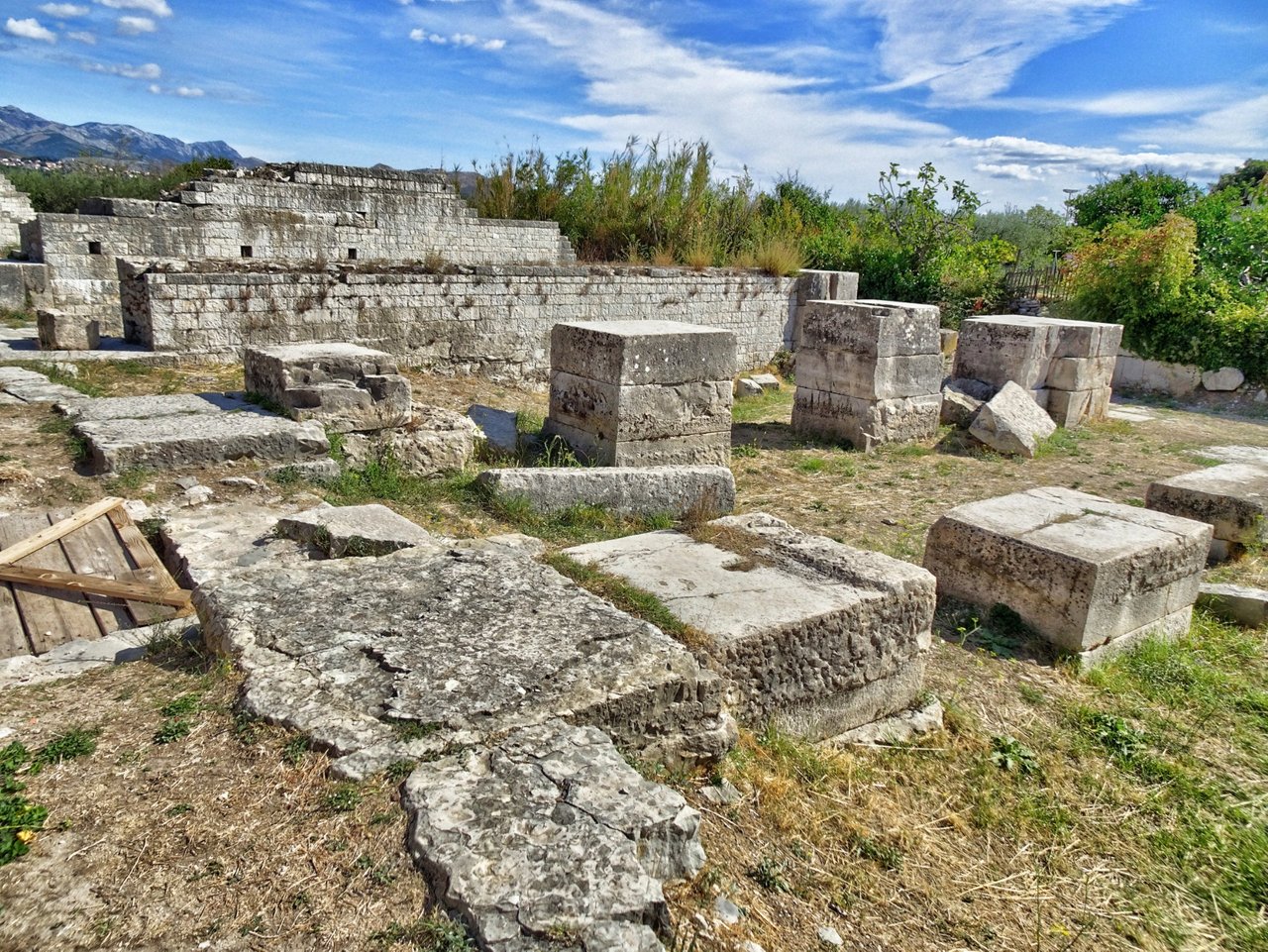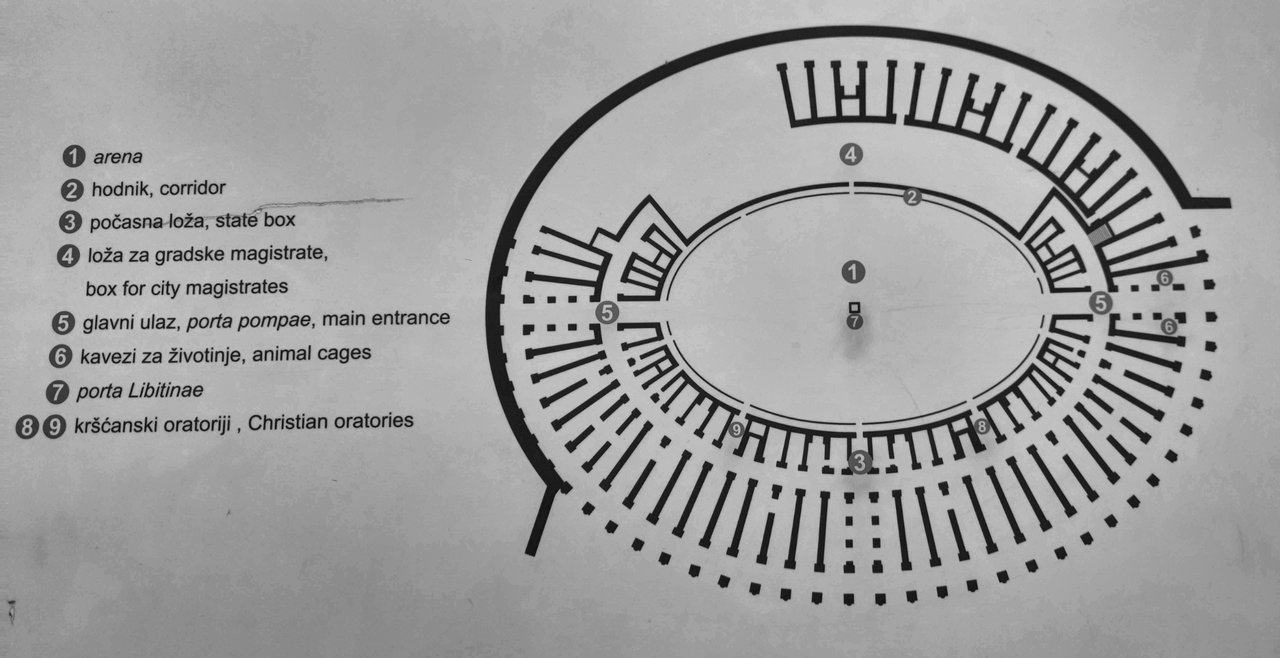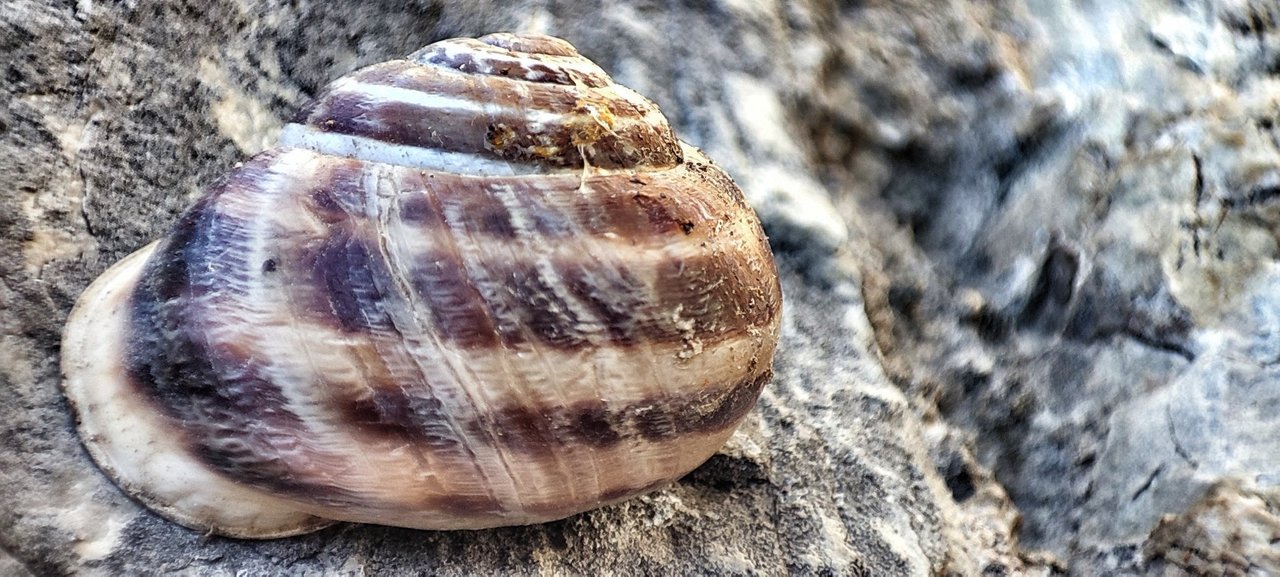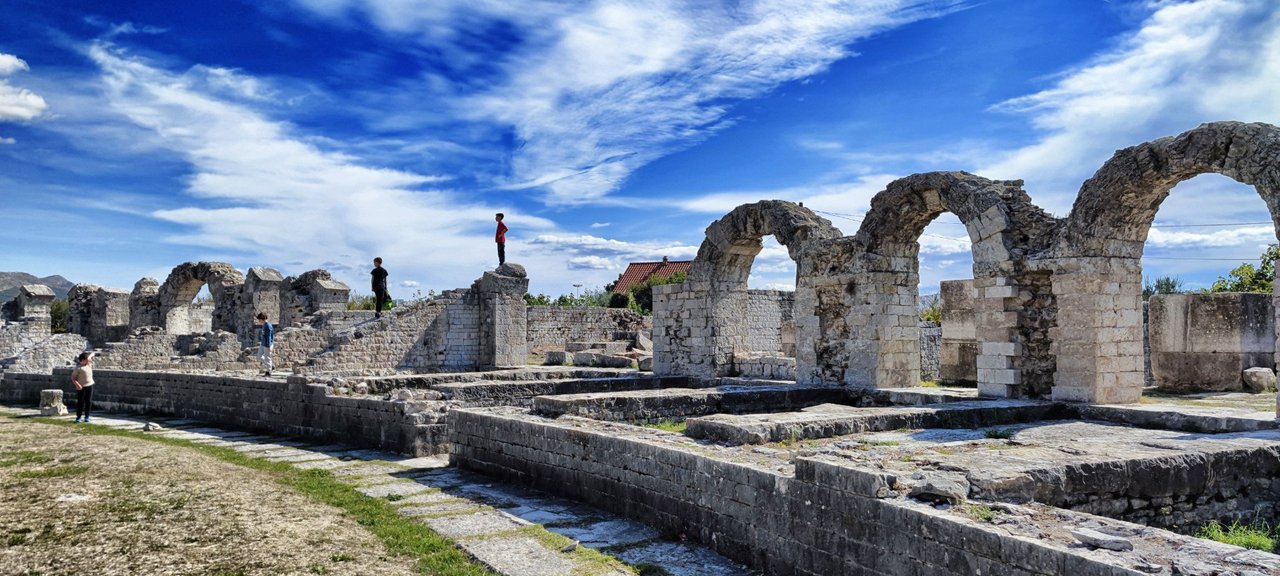If you drive a little further from the historic walls of the Klis fortress, you will leave the world of "Game of Thrones". And on the outskirts of the nearby city of Split, you will be immersed in another piece of history.
Near Solin lies an ancient site, hardly noticed, which tells of the former greatness of the settlement former known as "Salona" in Roman times. And of the end of the great times. Solin was then an important and powerful center of Dalmatia, inhabited by the Dalmatians, a tribe of Illyrians, who later migrated to Albania.
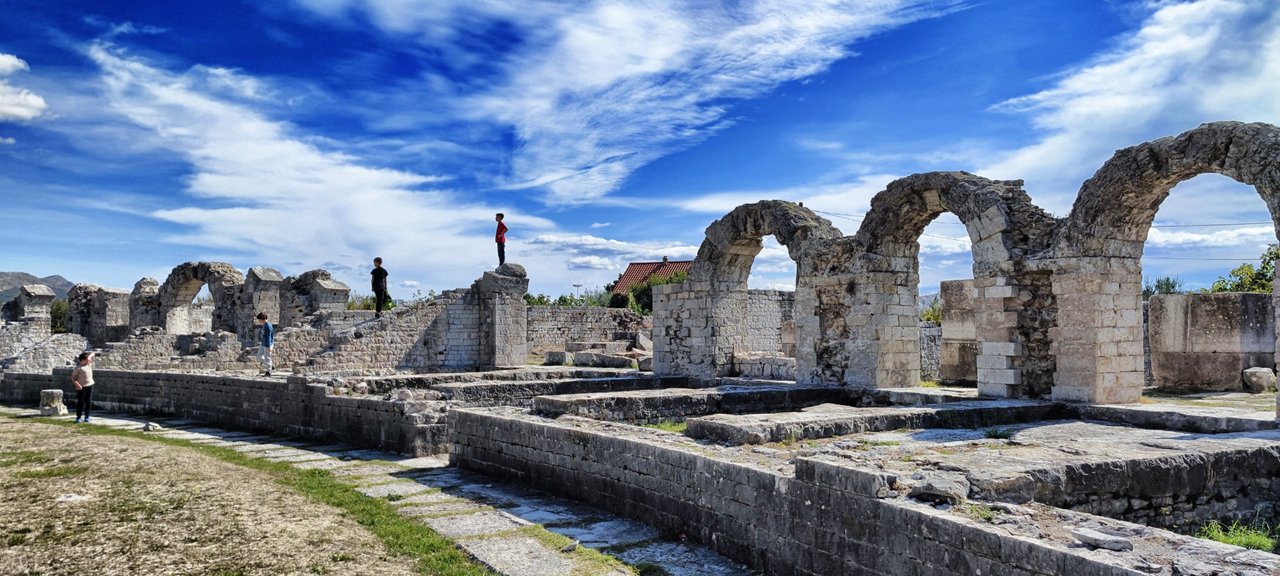
Ruins of great power
In the 4th century BC these people built dwellings, paths and staircases, squares and arenas, but also this huge amphitheater. The stone buildings, some of them elaborate, can still be seen in their remains in the ruined city, which was abandoned around late antiquity. The sun glows over the almost leveled area, the stones are silent.
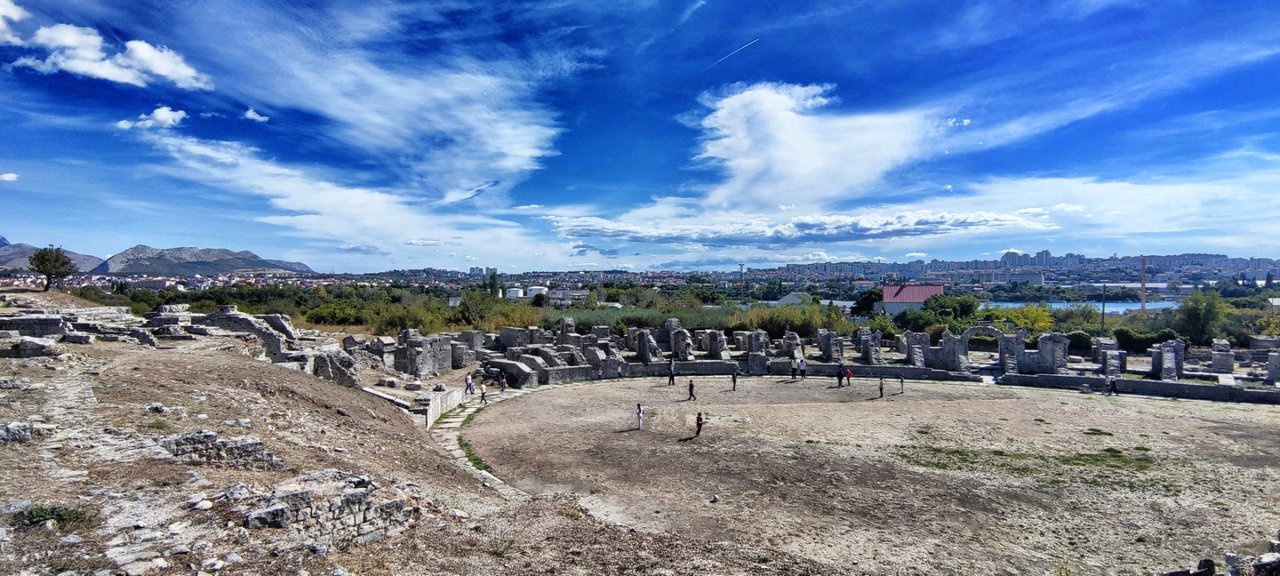
The ruins tell not only of the power of the early Dalmatians, but also of how little respect other peole later has shown to the remains of their civilization. In the 17th century, the Venetians tore the marble from the walls of what was once a 15,000-square-foot amphitheater to use the valuable stone in their palaces.
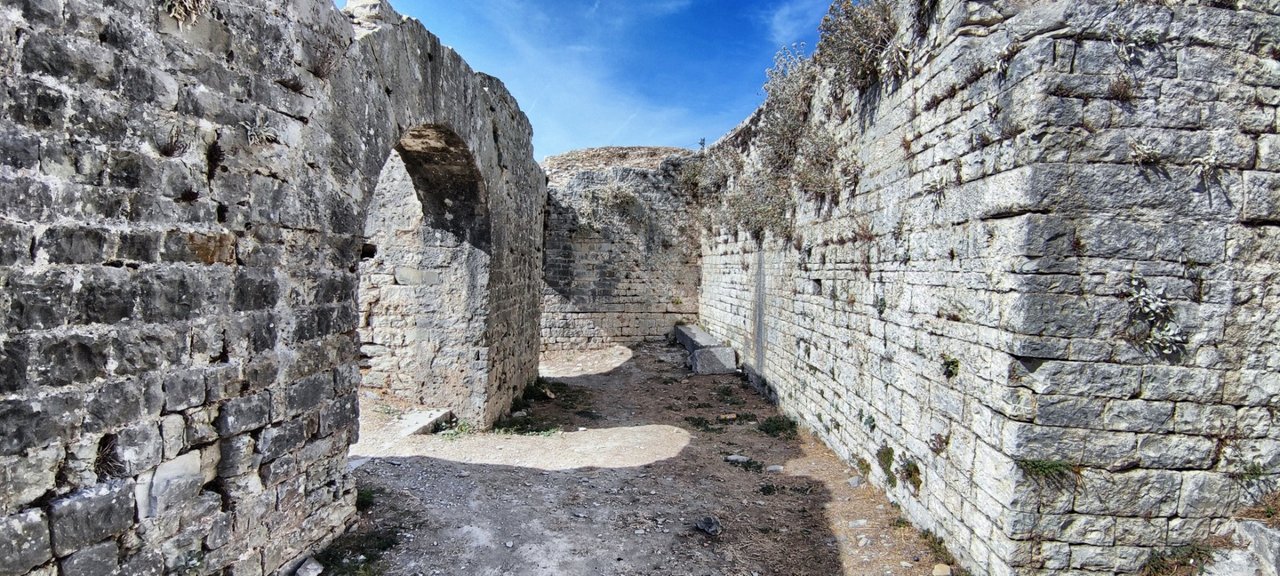
More than two millennia after the construction work, which is said to have taken place in the 2nd century B.C., hardly anything remains of its splendor. Stone columns, stairs, a church built later. Children romp around the square where gladiator fights once took place. In ancient times until tum death.
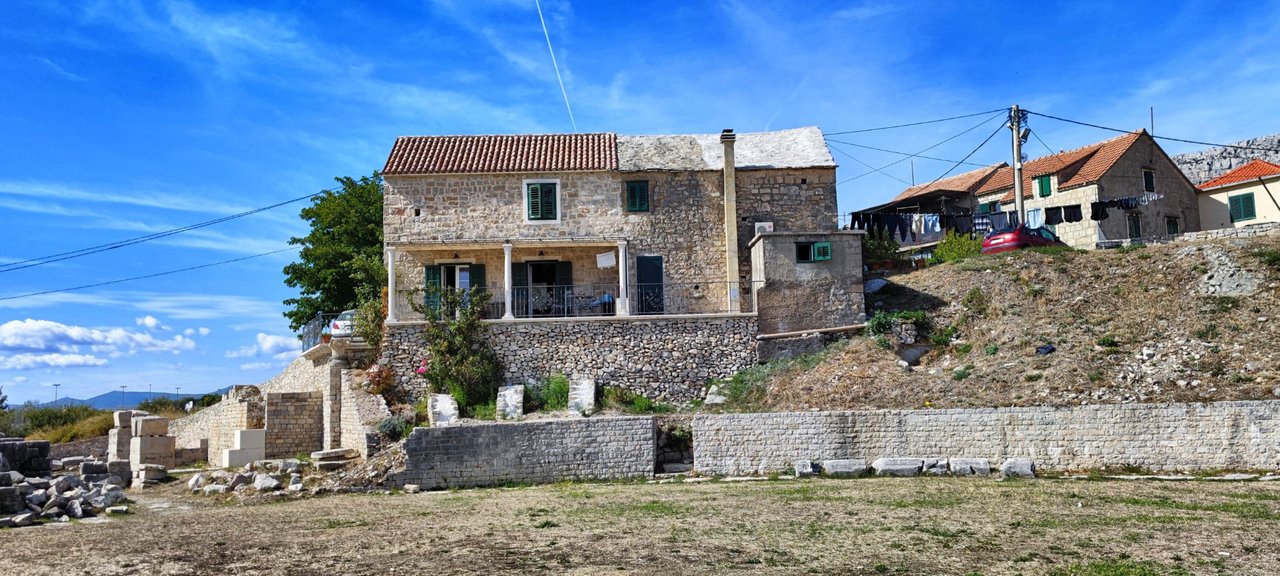
20 centuries old
The ground is the same, the blood is no longer visible. It is amazing that the buildings have withstood environmental influences, countless wars and industrialization for over 20 centuries. There are even remains of an aqueduct built in the 5th century, an octagonal baptistery, a thermal bath, a cathedral and other buildings from the early Christian period.
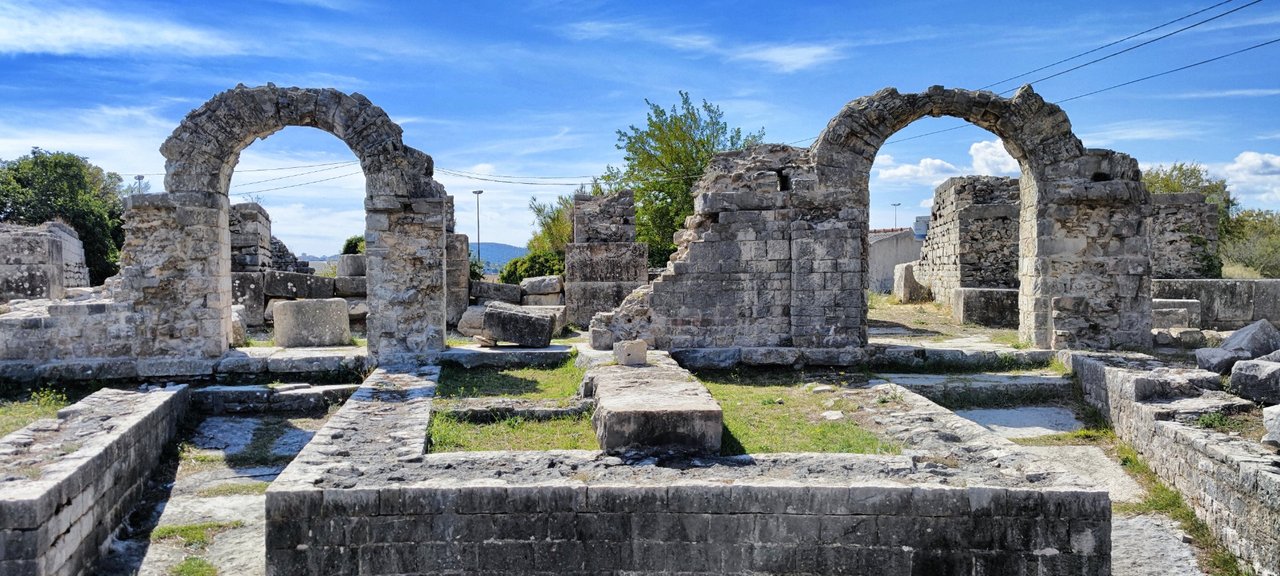
Salona owes its prosperity to the Emperor Diocletian, a Roman ruler in the 3rd century, who is still famous today for the palace of the same name in Split. Scenes from "Game of Thrones" were also filmed in his palace district. Tourists throng there. Up here, however, easily accessible by car and with a parking lot that is certainly never full, hardly anyone comes.
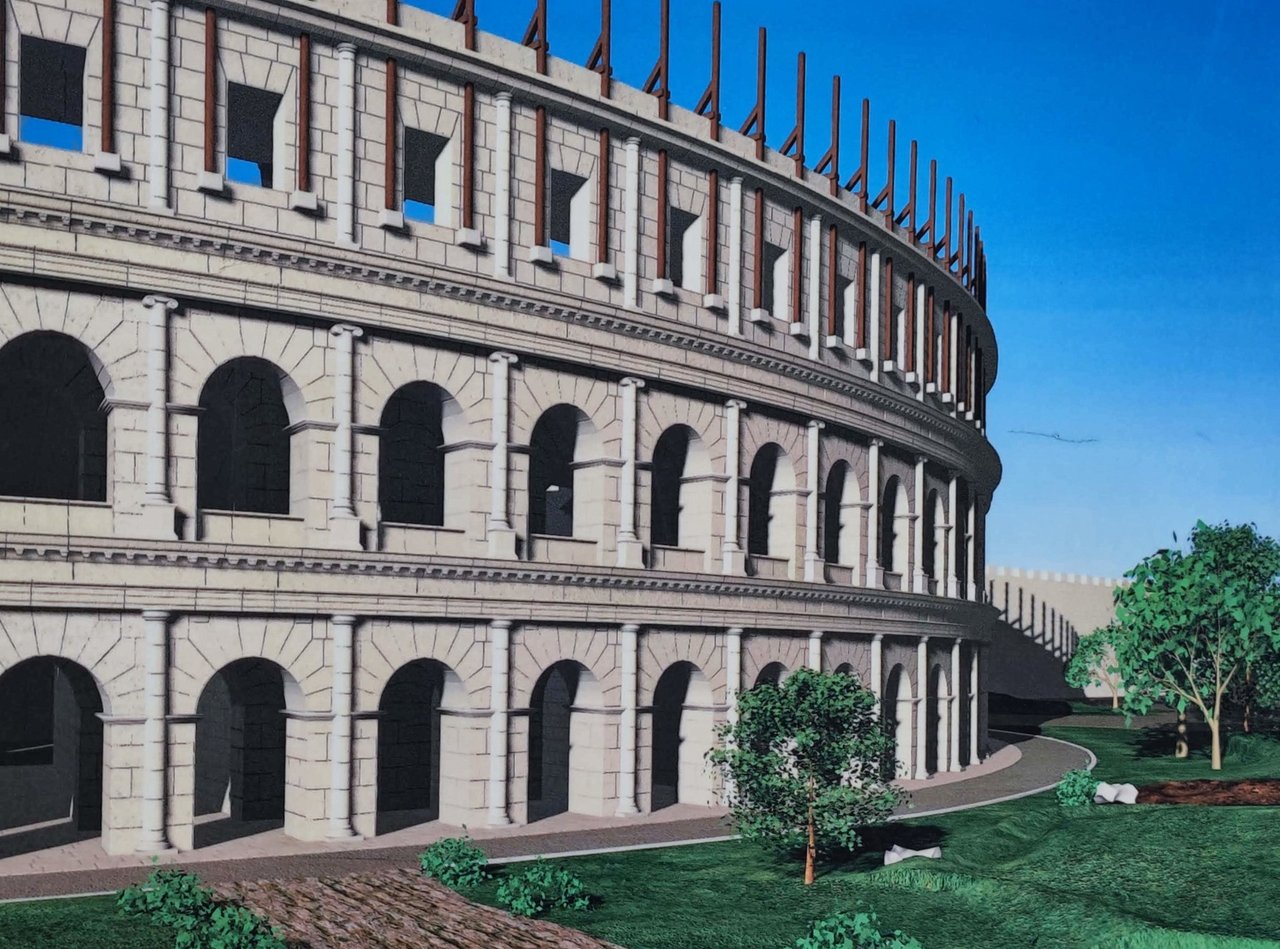
All the more impressive is the ruined city, whose amphitheater was located in the western part of the ancient city, directly on the inner city wall. Today, single-family houses stand all around, and the defensive fortifications have disappeared. With the exception of the northern tiers, which were partially compacted into a natural slope, the rest is also gone.
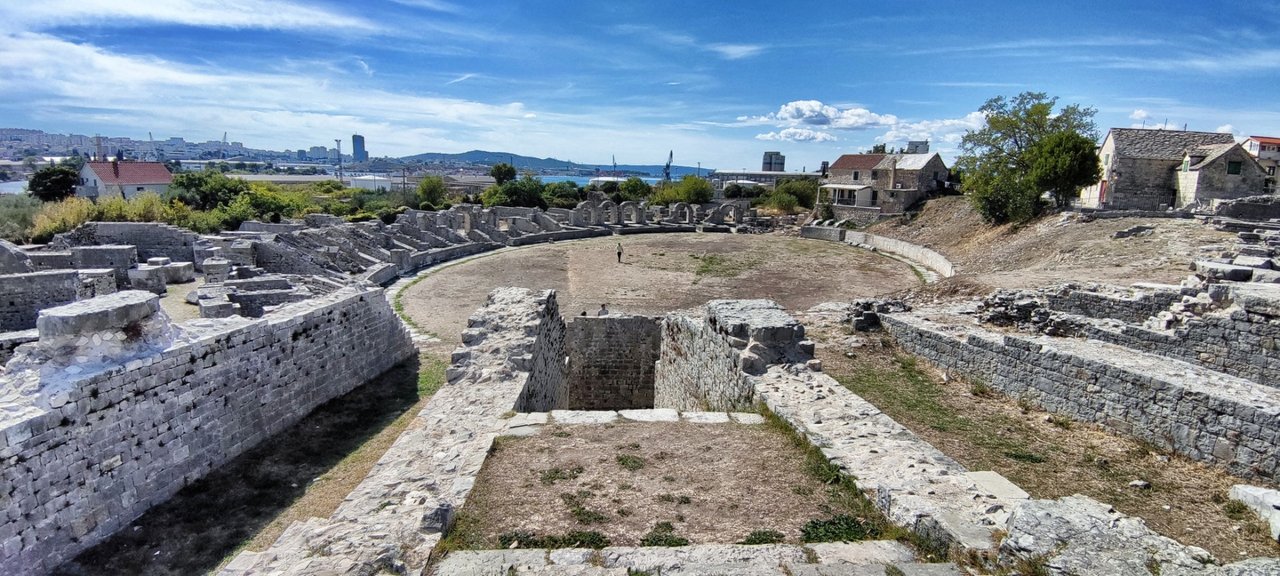
The dimensions of the battlefield give an idea of its former size: the amphitheater was 125 by 100, larger than a soccer stadium, the battle arena measured 65 by 40 meters.
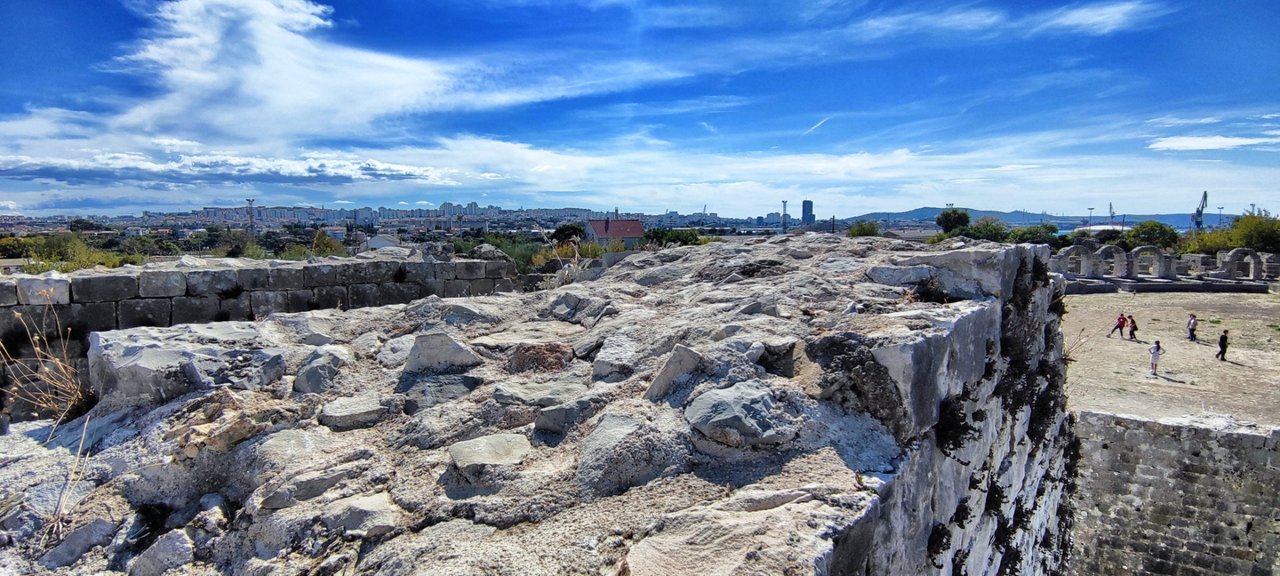
Sitting and watching the death
A partially preserved inscription states that the amphitheater was built with the help of donations from a local patron. In order to allow quick entry and exit from the auditorium, a double communication system was designed: radial, related to the building ellipse, and circular, related to the levels of the seating tiers. The two lower ones were intended as seating tiers and the top one for standing.
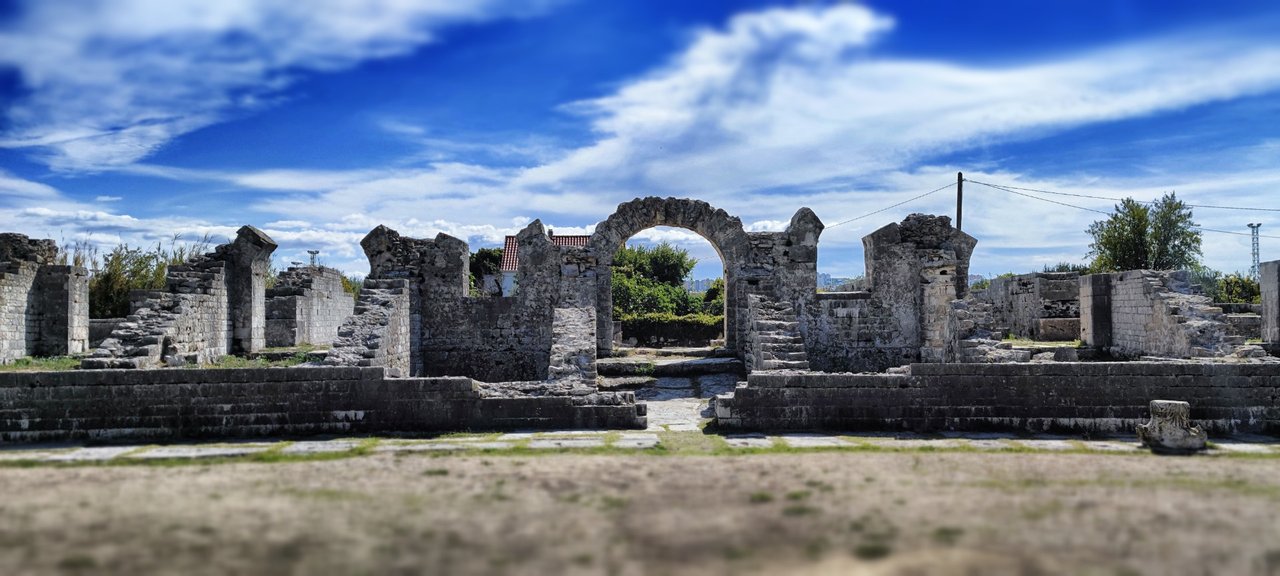
At the end of the 3rd century, a portico was built on the top tier. Shade cloths were be extended above the spectator tiers. The honorary box was located on the south side and that of the most important officials was opposite to it. The main entrances to the arena, portae pompae, were on the east and west sides. Wounded and killed gladiators could be taken out through an opening (Porta Libitinae) in the center of the arena.
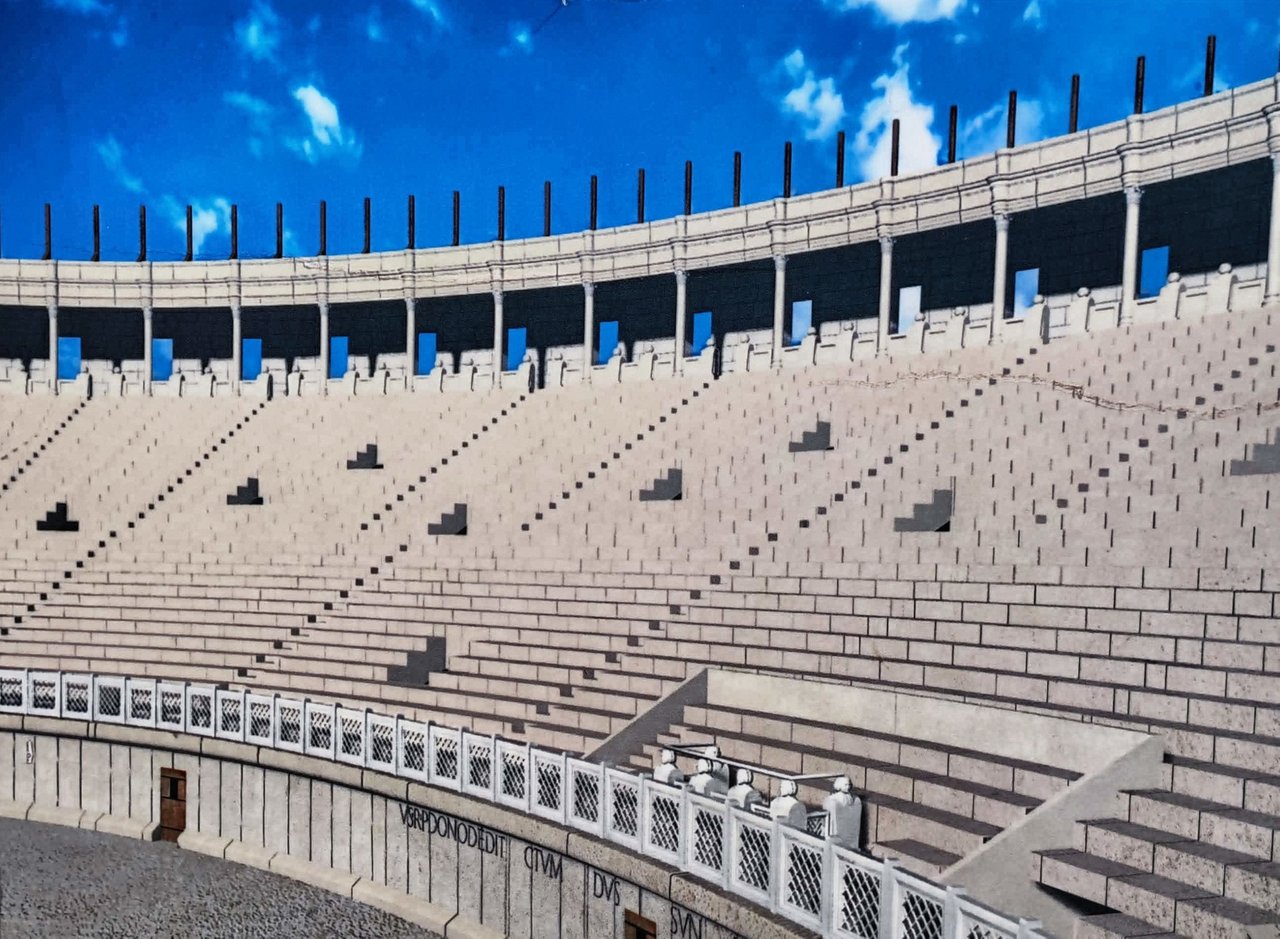
To the north, not far from the amphitheater, a cemetery for gladiators was also found. Under the southern stands, rooms were discovered which probably served for the worship of the goddess of vengeance and fate, Nemesis. Later they were transformed into Christian memorial chapels of Salonitan martyrs.
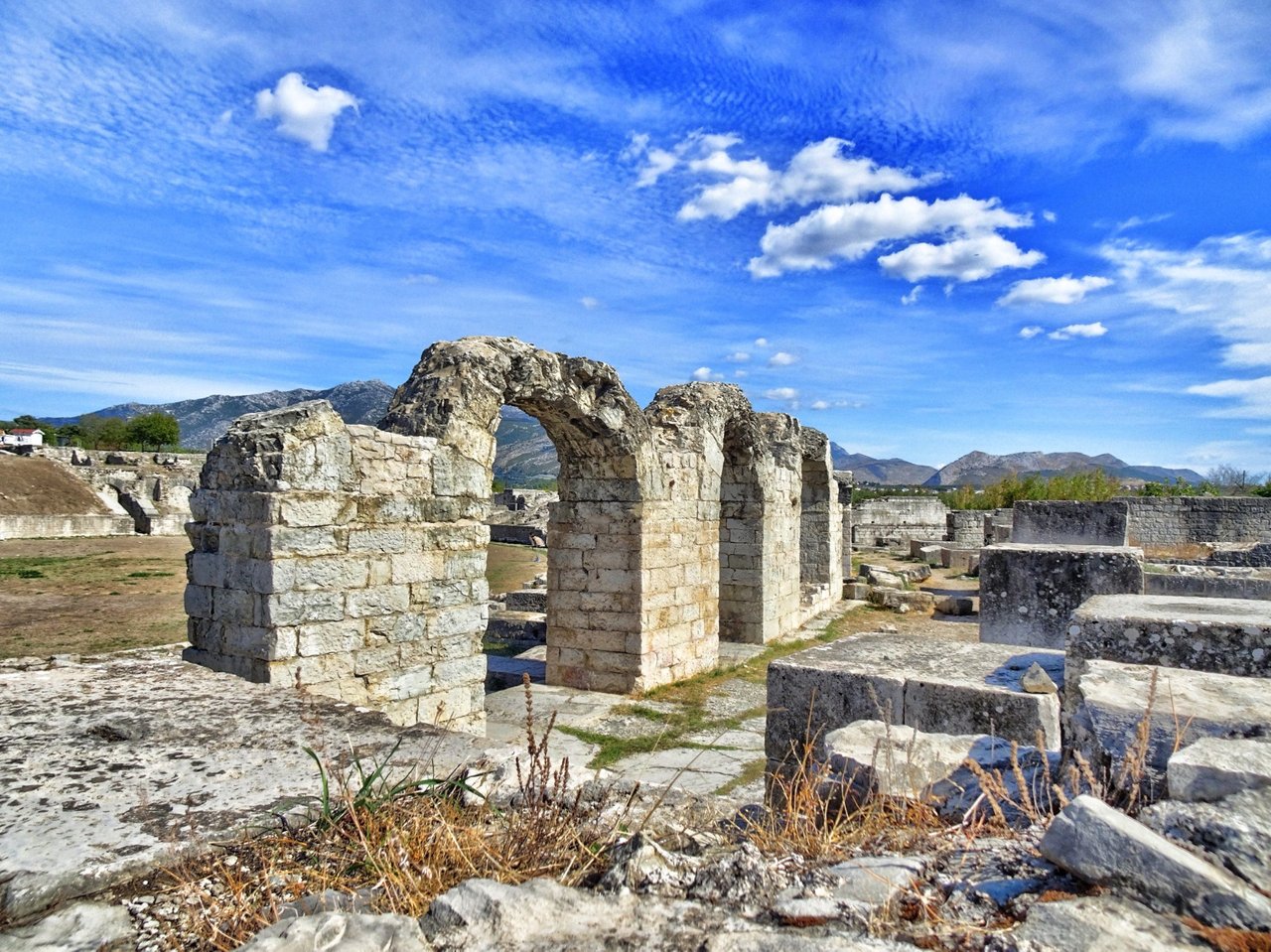
Lost and forgotten
The exact date of the destruction of the city and theater is uncertain. Pope John IV sent Abbot Martin to Dalmatia in 641 to redeem prisoners, possibly dragging the city. In any case, the last inscription reflecting the life of the city in ruins is dated May 12, 612.
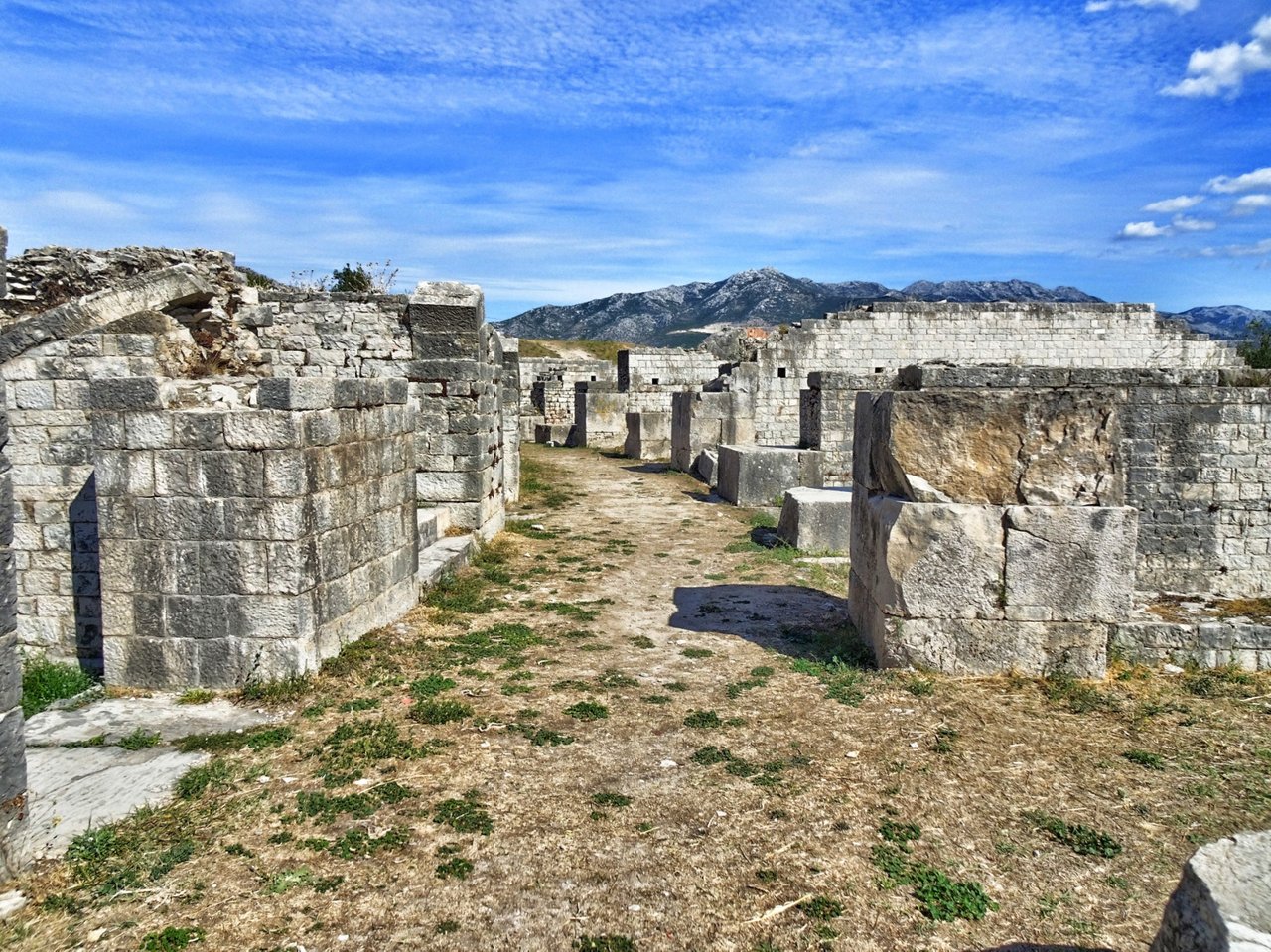
However, archaeological excavations show that a small group of people must have lived here until the middle of the 7th century. The new Solin is now repopulated, a middle-class neighborhood with new, well-kept houses. Next door, traffic rushes by on the highway. The sea shimmers on the horizon. The selenas of the dead gladiators, hopefully they have found their rest.
Thank you for reading and if you like my work please follow me on Hive, Travelfeed or Steem or visit my homepage koenau.de
A few more pictures:
